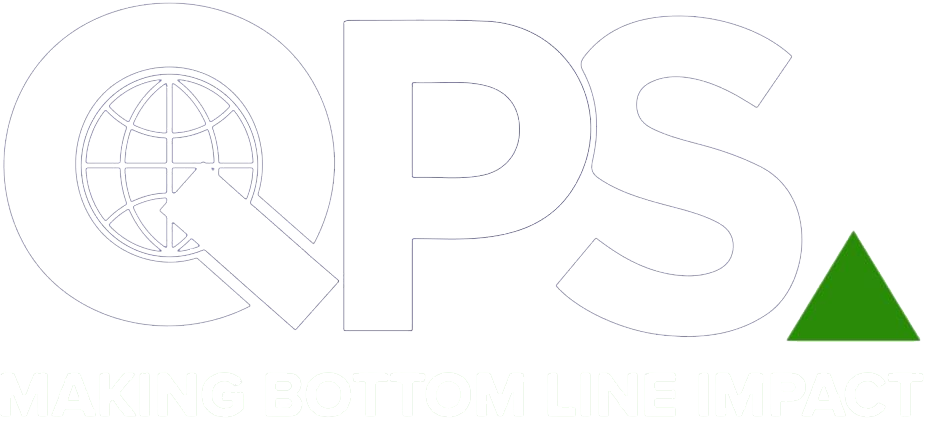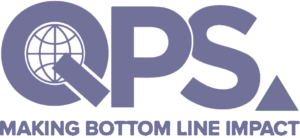Developing Advanced Automation with Red Hat Ansible Automation Platform (AU374)
- 5 Days Course
- Language: English
Introduction:
Advance your Ansible skills and develop automation that scales by applying recommended practices with the new, container focused tools from Red Hat Ansible Automation Platform
Developing Advanced Automation with Red Hat Ansible Automation Platform (AU374) is designed for automation content developers to leverage the new, container focused tools from Red Hat® Ansible Automation Platform to efficiently develop automation that can be managed by the automation controller. Learn recommended practices for automation development using reusable code, advanced playbook techniques, shared execution environments, and preparing for scalable automation with the automation content navigator.
This course is based on Red Hat Ansible Automation Platform 2.5.
Developing Advanced Automation with Red Hat Ansible Automation Platform (AU374) is designed for automation content developers to leverage the new, container focused tools from Red Hat® Ansible Automation Platform to efficiently develop automation that can be managed by the automation controller. Learn recommended practices for automation development using reusable code, advanced playbook techniques, shared execution environments, and preparing for scalable automation with the automation content navigator.
This course is based on Red Hat Ansible Automation Platform 2.5.
Objectives:
Use the capabilities of automation content navigator to develop Ansible Playbooks.
Apply recommended practices for effective and efficient automation with Ansible.
Use advanced features of Red Hat Ansible Automation Platform to work with data, including filters and plug-ins.
Perform automation operations as rolling updates.
Create automation execution environments to bundle and distribute the dependencies needed to run automation code.
Course Outline:
1 – Develop Playbooks with Ansible Automation Platform 2
- Develop Ansible Playbooks with Red Hat Ansible Automation Platform 2 by following recommended practices.
2 – Manage Ansible Content Collections and Automation Execution Environments
- Run playbooks that use content collections not included in ansible-core, either from an existing execution environment or by downloading them from the automation hub.
3 – Run Playbooks with Automation Controller
- Explain what automation controller is and demonstrate how to use it to run playbooks that you developed with automation content navigator.
4 – Work with Ansible Configuration Settings
- Examine and adjust the configuration of Ansible and automation content navigator to simplify development and to troubleshoot issues.
5 – Manage Inventories
- Manage inventories by using advanced features of Ansible.
6 – Manage Task Execution
- Control and optimize the execution of tasks by Ansible Playbooks.
7 – Transform Data with Filters and Plug-ins
- Populate, manipulate, and manage data in variables using filters and plug-ins.
8 – Coordinate Rolling Updates
- Use advanced features of Ansible to manage rolling updates in order to minimize downtime and to ensure maintainability and simplicity of Ansible Playbooks.
9 – Create Ansible Content Collections and Automation Execution Environments
- Write your own Ansible Content Collections, publish them, embed them in a custom automation execution environment, and run them in playbooks by using automation controller.
Enroll in this course
$5,764.30 – $6,329.96

